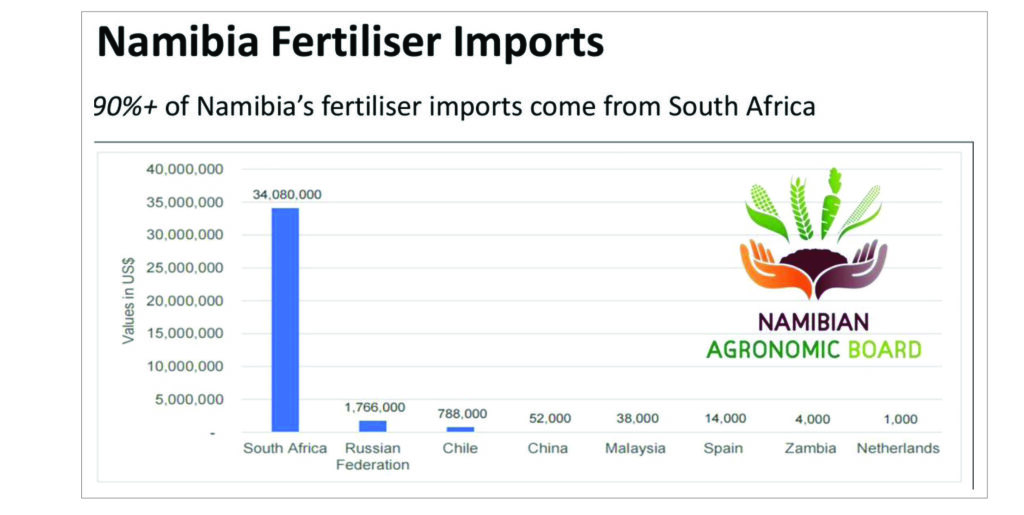Chamwe Kaira
Namibian Marine Phosphate (Pty) Ltd estimates that an integrated phosphate industry in Namibia could create up to 50 000 jobs in mining, agriculture, and manufacturing.
The company projects a gross domestic product (GDP) contribution of N$14.8 billion, tax revenue of N$3.5 billion, and export earnings of N$18.7 billion.
These figures were presented during the just ended 2025 Mining Expo and Conference held recently in Windhoek.
Namibian Marine Phosphate is leading the Sandpiper project, which aims to mine marine phosphate in Namibia.
The company holds a valid Mining License (ML170) issued in 2011 for 20 years. However, commercial dredging can only start once an environmental licence for both land and marine components are granted.

The Sandpiper project was halted in 2012 after opposition from Namibia’s fishing industry, which feared heavy metals released during mining could make the country’s fish unsafe for consumption.
Namibia’s fertiliser market is largely import-driven, with 90% coming from South Africa. Domestic production is negligible.
The company says Namibia has one of the world’s largest undeveloped phosphate resources, estimated at 3.4 billion tonnes, which could last for over 100 years.
An economic assessment by the company shows potential socio-economic benefits from extracting marine phosphate deposits on the Namibian continental shelf. It describes phosphate as indispensable, with no synthetic replacement.
Phosphate is considered a strategic mineral for food security through fertilisers and plays a role in the energy transition for battery production.
Namibia’s viable phosphate deposits are in isolated offshore locations within its Exclusive Economic Zone, at water depths of 180 to 300 metres.
The company notes that 70% of Namibians depend on agriculture for their livelihoods, yet fertiliser use in the country is among the lowest in Africa.
Namibia also has export potential due to its geographic position, with possible markets in India, Malaysia, the Philippines, the United States, Brazil, Indonesia, Europe, Turkey, Mexico, South Korea, and New Zealand.
Phosphate is used to make fertiliser and feedstock for blending or manufacturing fertiliser and animal feed products.
By-products include coarse waste shells and calcium, which could be used for road base, lime, or cement.



